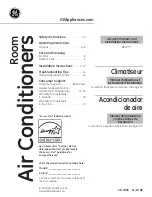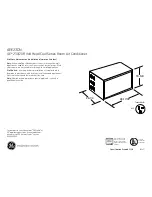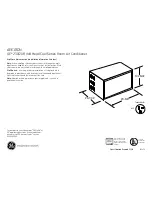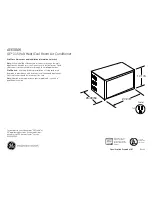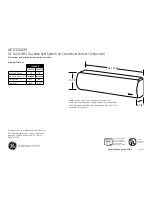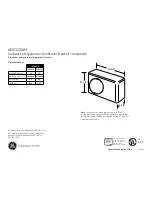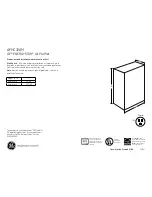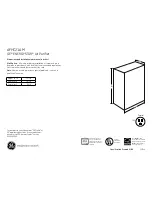
PUMP DOWN CONTROL
A pump down control is a solenoid type valve installed in the liquid line to prevent the flow of refrigerant into the evapo-
rator during the off cycle. The valve is mounted in the liquid line refrigerant stream or at other suitable location in the liquid
line, but ahead of metering device.
The thermostat and other controls are used in conjunction with the solenoid valve to control the operation. A pump down
pressure switch is used to stop the compressor at pre-determine evaporator pressure.
The thermostat is wired through the controls to energize the liquid line solenoid valve when the room temperature calls for
cooling, its contacts closes and through the controls it energize the solenoid valve. The opened solenoid valve allows
refrigerant to flow to the evaporator coil - causing the evaporator pressure to rise, the low pressure control contacts to
close and the compressor to start.
When the thermostat is satisfied, the solenoid valve closes and the compressor continues to run until a substantial
portion of the refrigerant has been pumped out from the evaporator. When the pump down pressure switch cut-out
setting is achieved, power to the control circuit is interrupted and the compressor stops.
A pump down control may be necessary on an installation where additional protection for the compressor is required to
prevent slugging of oil or liquid refrigerant.
Below are some conditions which may exist in an installation where additional protection is required:
1. Migration of refrigerant to the compressor during the off cycle.
2. Flooding, at start-up, due to improperly trapped lines or coil.
3. Suction line in slab or beneath ground forming a large trap.
4. Suction line in cool area causing refrigerant to condense during off cycle.
5. Where condensing unit is installed using existing coils and copper lines, or on a new installation where the above said
conditions exist that cannot be avoided, which could result in compressor damage.
30































